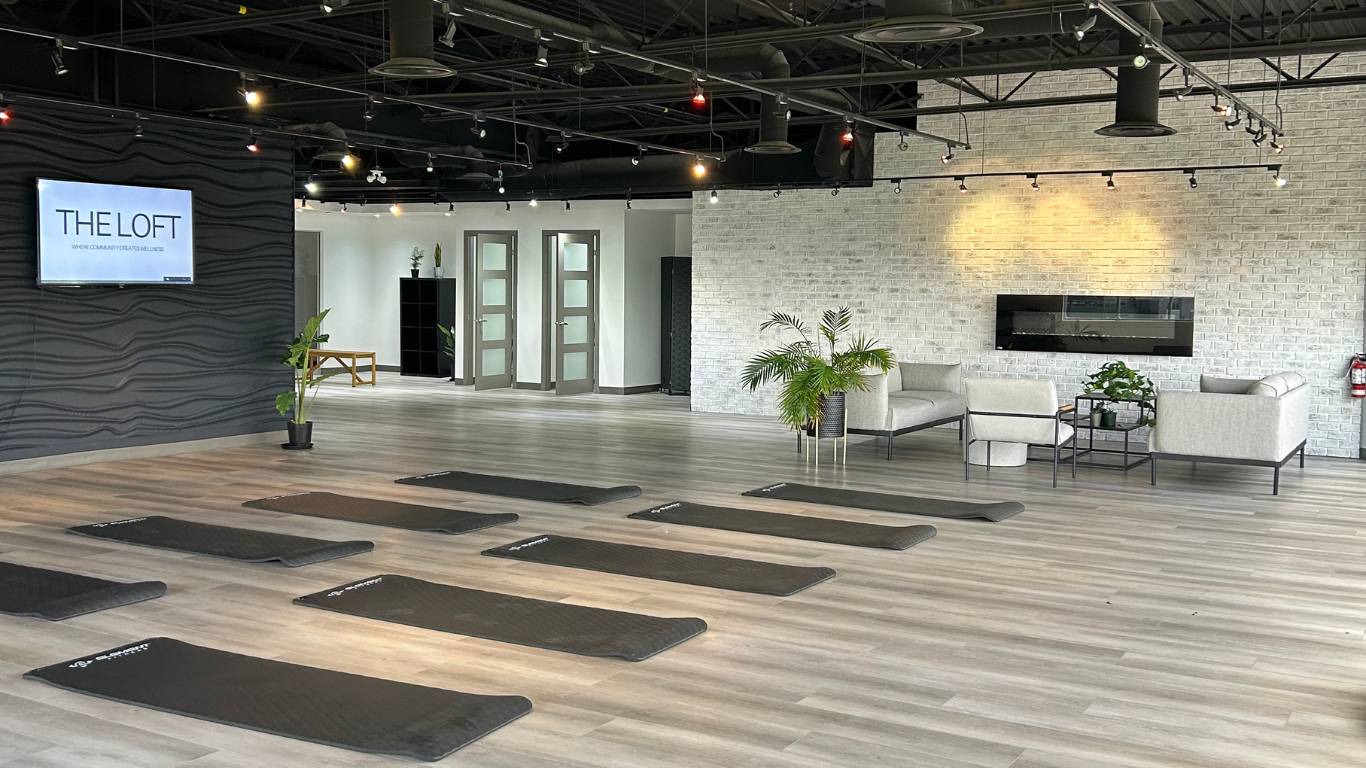Barbell Turkish Get Up – A Challenging and Beneficial Modification of an Already Great Movement:
Barbell Turkish Get-Up
Uploaded by Athletes’ Advantage Physiotherapy on 2018-10-09.
Those of you who are comfortable doing Turkish Get Ups (TGUs) can really ramp up the benefits by trying it with a barbell. Using a full-length Olympic bar (35-45 lbs) increases the demand on the rotator cuff to resist rotation while also adding more complex balancing component compared to using a kettlebell or a dumbbell.
Start with an empty bar perpendicular to your body above your head. Reach up with both arms to pick it off the floor as if you are doing a set of skull crushers or close grip bench press. Use both hands to stabilize the bar as you centre one hand to be the working hand. Hold the bar above your chest with a locked-out elbow in the end of a bench press position. Once you are satisfied with the balance and a slight level of rotation, proceed to do a TGU. Make sure you ALWAYS have your eyes on the bar and are simultaneously are aware of your surroundings as the bar will move and you may end up shifting in position on the floor. This is NOT a movement done for speed. This is 100% about deliberate (and eventually smooth) and focused movement. It helps to direct ALL your strength and focus into this movement. Never do it “for time”. You will notice that controlling the bar is far more challenging than using a kettlebell or dumbbell. When you finish the movement switch hands or set it down above your head as you picked it up. Be patient and allow the motor learning to take place before you start to add plates (recommend using only bumper plates on this as you don’t want to be ditching it with metal plates).
A good place to start is with 1-2 sessions of 3-5 sets of 5 per arm a week. If you are doing 2 sessions, space them out by 2 days or more to allow full recovery. I would recommend doing this PRIOR to your regular workout as it is a great way to ‘prime’ the rotator cuff (and practically the rest of the body). You DO NOT want to try this in a state of fatigue or after a rough upper body workout.
Here’s to happy, stable, mobile and injury-resistant shoulder!

